A simple chipboard barrier now conceals the humble burial niche where Pope Francis. It honored his final wishes, will be laid to rest miles from the Vatican.
Pope Francis’ final resting place reflects his lifelong devotion to humility, simplicity, and the Virgin Mary—breaking with papal tradition once more, even in death.
Pope Francis requested burial at Saint Mary Major, four miles from the Vatican
He passed away on Easter Monday at age 88. He had long made clear his desire for a humble and unconventional funeral.
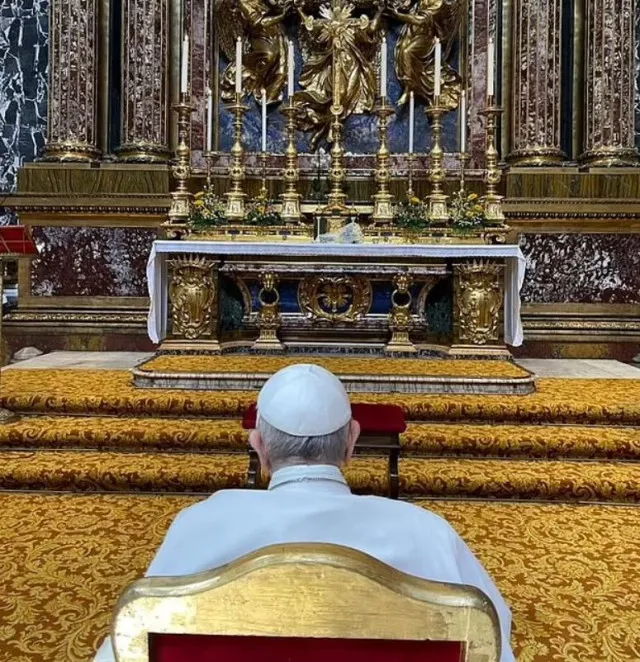
Unlike most popes buried beneath St. Peter’s Basilica, he chose the Basilica of Saint Mary Major, located four miles away from the Vatican.
In his will, he requested burial “in the earth,” away from grand marble tombs and stately crypts typically used for pontiffs.
A chipboard barrier now conceals the site of his chosen grave inside the Basilica
The designated burial site lies in a side nave between the Cappella Paolina and Capella Sforza, within Saint Mary Major’s sacred interior.
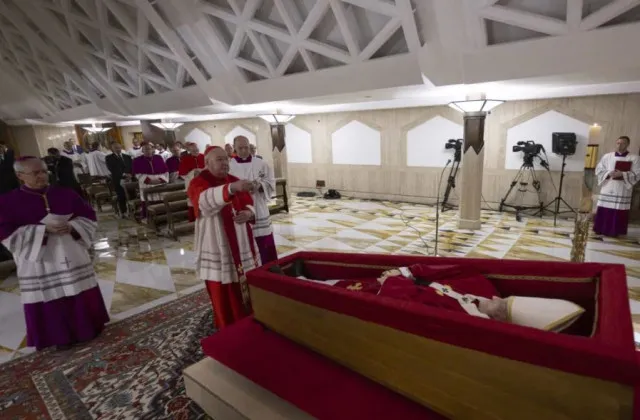
A temporary twelve-foot chipboard barrier currently hides the location. A padlocked door and police presence secure the area from public access.
The basilica houses the marble plaque of Pope Paul V above the area, marking his nearby burial after his death in 1621.
Pope Francis’ deep devotion to the Virgin Mary influenced his burial decision
Francis’ choice is symbolic. The Virgin Mary, to whom the basilica is dedicated, deeply inspired his personal devotion
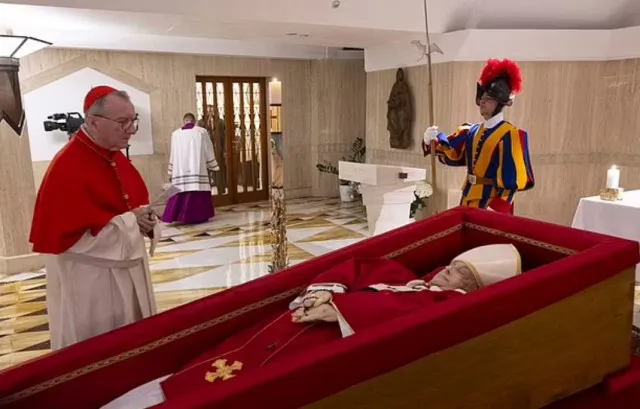
The Cappella Paolina houses the Salus Populi Romani. This ancient Marian icon is believed to have been painted by Saint Luke himself.
Francis often prayed there, visiting before every international trip. He reportedly visited the site over 100 times during 2023 alone.
He is the first Pope buried outside the Vatican in over a century
Though other popes are buried at Saint Mary Major, none have been interred outside Vatican grounds in more than 100 years.
The last was Pope Leo XIII, buried in St. John Lateran in 1903. The most recent pope at Saint Mary Major was Clement IX in 1669.
This unusual choice echoes Francis’ long-standing desire to simplify the papacy and reconnect the Church with humble spiritual roots.
Pope Francis rejected traditional burial rituals in favor of simplicity
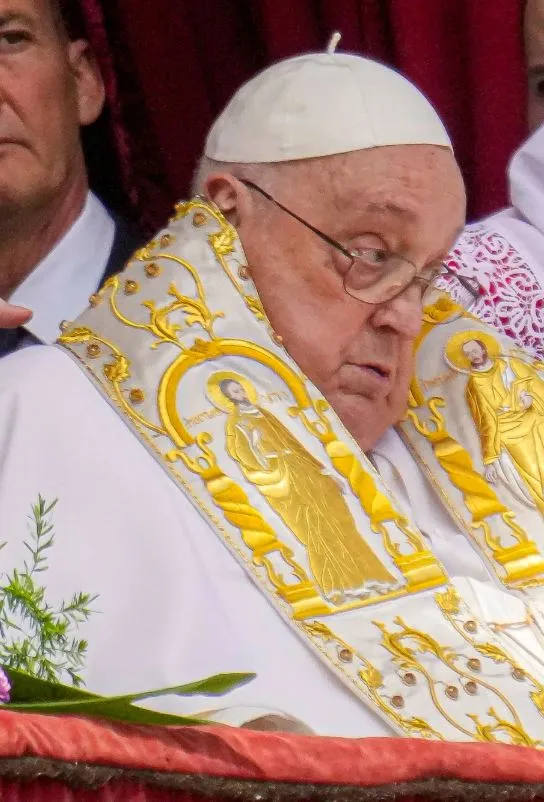
Francis wanted a modest funeral without excessive ritual. He requested a plain wooden casket, not the customary triple-coffin of oak, cypress, and lead.
On his tombstone, only one word will appear: Franciscus—his Latin papal name. No gold, no epitaphs, just the name of a servant.
He first announced these wishes shortly after his election, reinforcing his desire to strip away grandeur from his final farewell.
Pilgrims gathered to pay their respects at the basilica of Saint Mary Major
On Tuesday, crowds lined up outside the basilica. Many paused at a condolence book set near the massive entry doors.
Security screened visitors, and police maintained order while priests heard confessions in nearby wooden confessionals along the nave.
One visitor, Peter Nestor from Middlesborough, described the mood as “sombre and surreal” but said the experience had become “a part of us.”
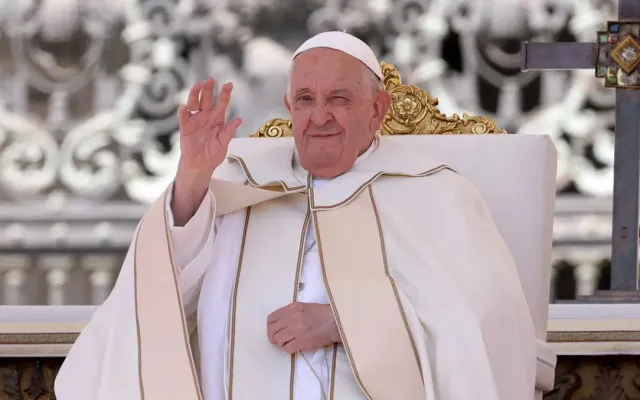
As preparations for the 2025 Jubilee begin, the basilica takes on renewed significance within the Catholic Church.
Additionally, Pope Francis had declared 2025 a Jubilee Year, granting pilgrims special indulgences if they pass through the Porta Santa (Holy Door).
The door, on the basilica’s left side, is said to offer redemption and forgiveness during Holy Years—a tradition dating back centuries.
Francis’ burial at such a spiritually meaningful site further deepens the basilica’s sacred role during the upcoming Jubilee.



